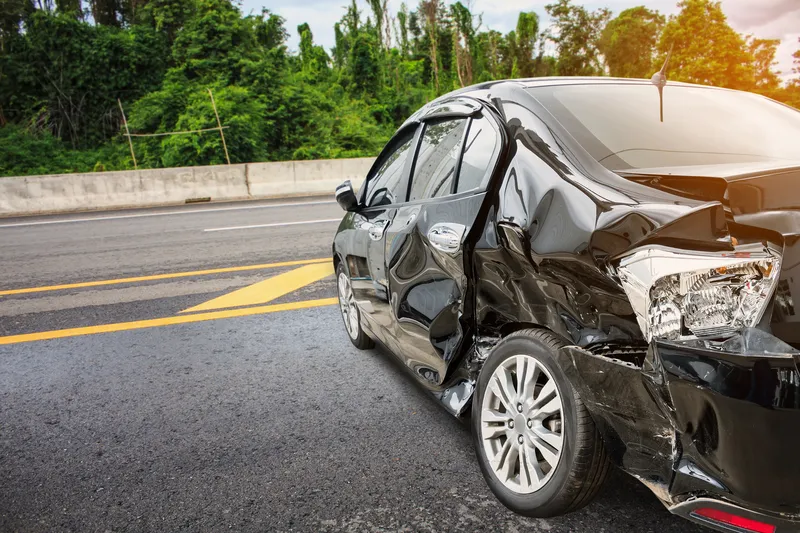Vehicles equipped with front crash prevention are much less likely to rear-end other vehicles, the Insurance Institute for Highway Safety (IIHS) has found in the first study of the feature's effectiveness using US police-reported crash data. The study found that systems with automatic braking reduce rear-end crashes by about 40 per cent on average, while forward collision warning alone cuts them by 23 per cent. The automatic braking systems also greatly reduce injury crashes.
January 29, 2016
Read time: 2 mins
Vehicles equipped with front crash prevention are much less likely to rear-end other vehicles, the 7120 Insurance Institute for Highway Safety (IIHS) has found in the first study of the feature's effectiveness using US police-reported crash data.
The study found that systems with automatic braking reduce rear-end crashes by about 40 per cent on average, while forward collision warning alone cuts them by 23 per cent. The automatic braking systems also greatly reduce injury crashes.
"The success of front crash prevention represents a big step toward safer roads," says David Zuby, IIHS chief research officer. "As this technology becomes more widespread, we can expect to see noticeably fewer rear-end crashes. The same goes for the whiplash injuries that often result from these crashes and can cause a lot of pain and lost productivity."
Using police reports allows researchers to identify front-to-rear crashes in order to gauge front crash prevention systems' effectiveness specifically for the type of collision they are designed to address.
For the study, researchers looked at police-reported rear-end crashes in 22 states during 2010-14 involving Acura, Honda, Mercedes-Benz, Subaru and Volvo vehicles with optional front crash prevention. The crash rates of vehicles equipped with the technology were compared with the crash rates of the same models without front crash prevention.
Individual vehicles with the technology were identified using trim level information or, in some cases, lists of vehicle identification numbers supplied by the manufacturers.
Front crash prevention is steadily becoming more prevalent, but in most cases it is offered as optional equipment. That may soon change, however. In September, the834 National Highway Traffic Safety Administration and IIHS announced an agreement in principle with automakers to make automatic braking standard on all models.
The study found that systems with automatic braking reduce rear-end crashes by about 40 per cent on average, while forward collision warning alone cuts them by 23 per cent. The automatic braking systems also greatly reduce injury crashes.
"The success of front crash prevention represents a big step toward safer roads," says David Zuby, IIHS chief research officer. "As this technology becomes more widespread, we can expect to see noticeably fewer rear-end crashes. The same goes for the whiplash injuries that often result from these crashes and can cause a lot of pain and lost productivity."
Using police reports allows researchers to identify front-to-rear crashes in order to gauge front crash prevention systems' effectiveness specifically for the type of collision they are designed to address.
For the study, researchers looked at police-reported rear-end crashes in 22 states during 2010-14 involving Acura, Honda, Mercedes-Benz, Subaru and Volvo vehicles with optional front crash prevention. The crash rates of vehicles equipped with the technology were compared with the crash rates of the same models without front crash prevention.
Individual vehicles with the technology were identified using trim level information or, in some cases, lists of vehicle identification numbers supplied by the manufacturers.
Front crash prevention is steadily becoming more prevalent, but in most cases it is offered as optional equipment. That may soon change, however. In September, the









